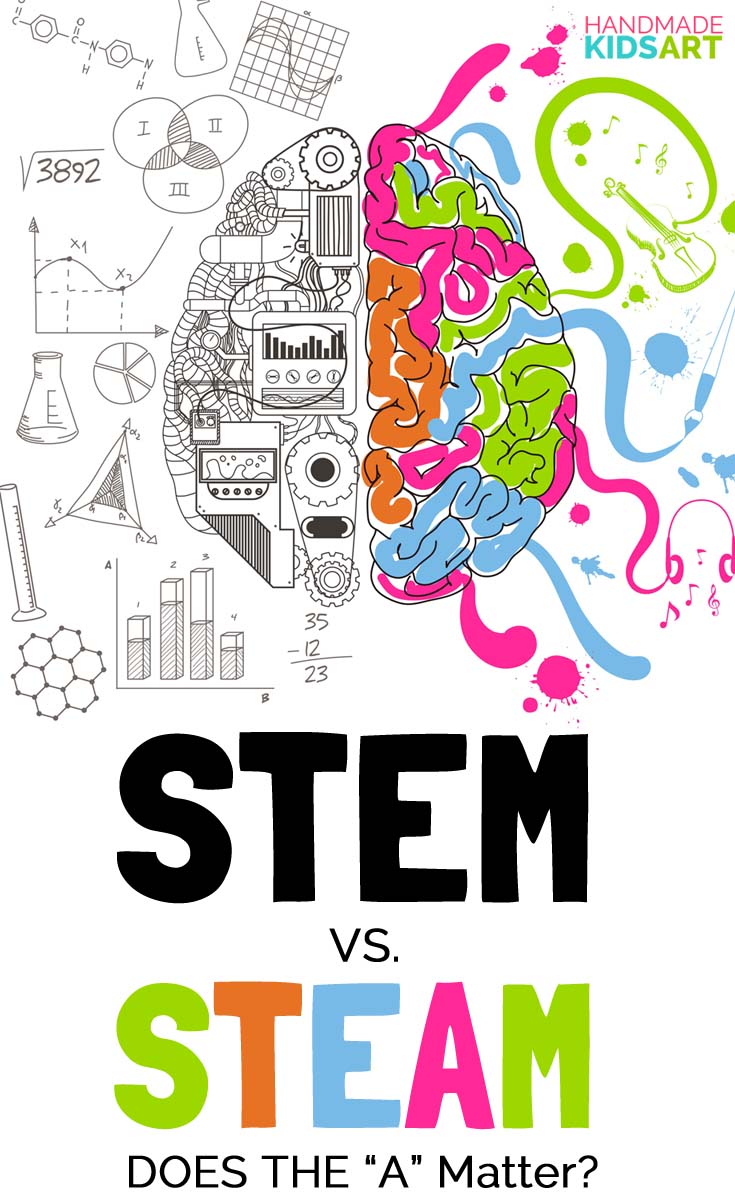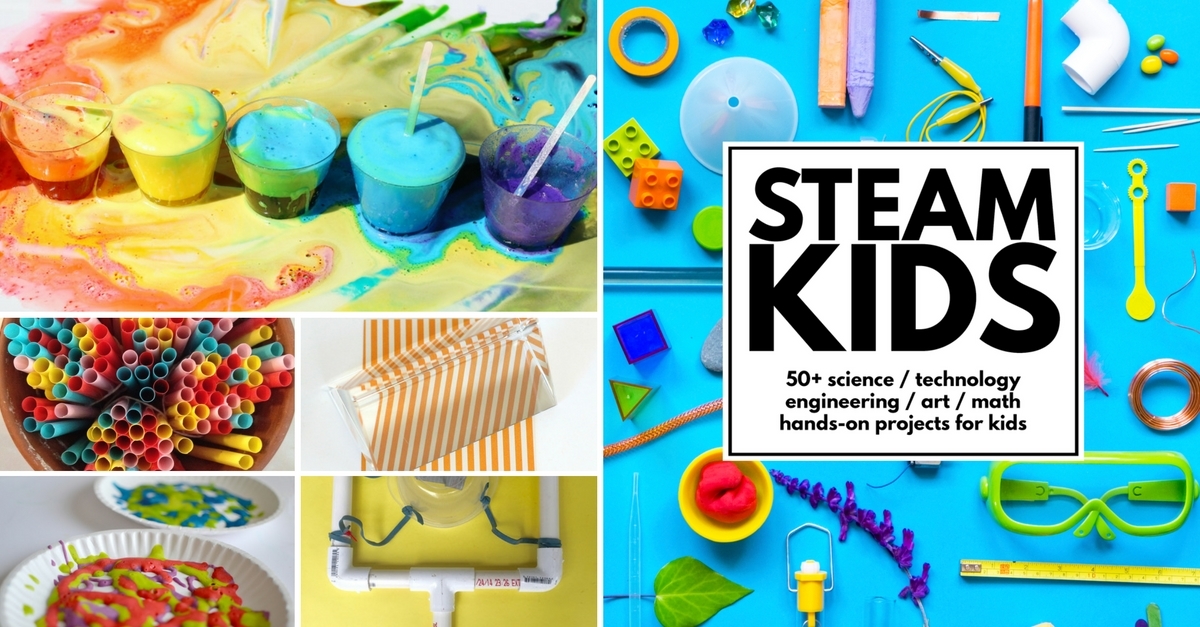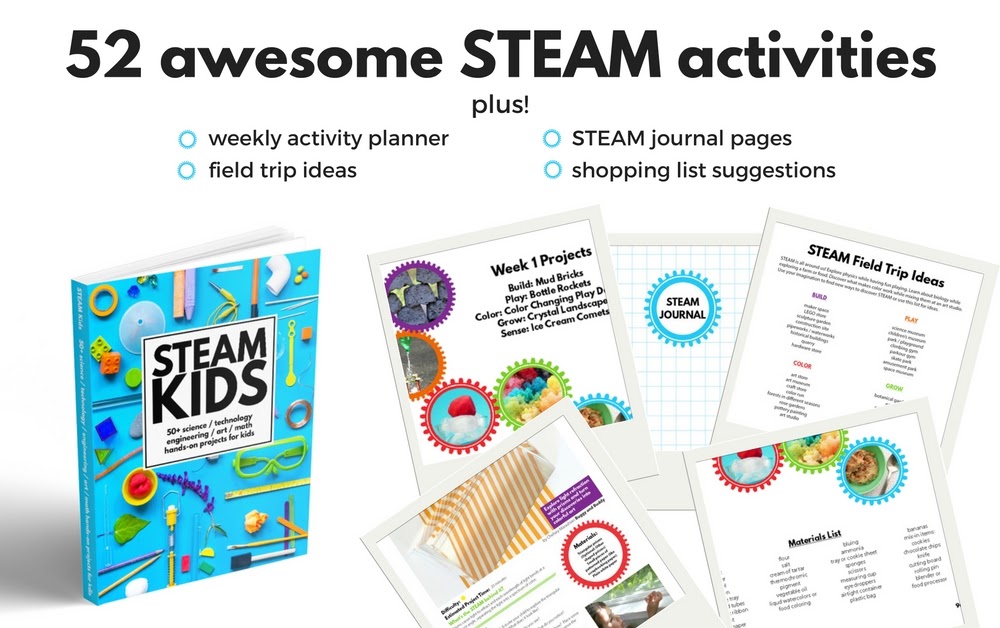Did you know 65 percent of today’s students will be working in jobs that don’t exist today? (source)
So, if these jobs don’t exist, how do we prepare children for an unknown future?
Think back to when you were a child…. do you remember how big your first computer was or the painful sound of dial up internet or the joyful sound of “You’ve got mail!”?
(I have included a clip below for any millennial reading this that has no idea what I am talking about).
In my first year of teaching elementary art, I had one student ask a question that impacted the rest of my career and still motivates me today.
It was my very first class and I had just finished explaining our art assignment, but no one moved to get started. It was so silent you could hear a pin drop and I had 25 pairs of eyes staring back at me.
As the hair on the back of my neck started to rise, one student slowly raised his hand and asked one question that ignited my passion for STEAM.
“But Mrs. Hand, what do you want us to draw”?
I realized my students were sitting there staring at me because they were waiting for the rest of the directions.
They were waiting for the step by step instructions of what I wanted.
By fifth grade, these students had mastered how to follow directions and reproduce what the teacher wanted. They had no idea how to start and communicate their own idea.

You may already be familiar with the acronym STEM which stands for Science, Technology, Engineering, and Math.
Did you know originally the acronym was “SMET” until Peter Faletra, the Director of Science for the division of Workforce Development for Teachers and Scientists suggested to rearrange the letters and call it STEM.
But what is STEAM?
STEAM is STEM plus the inclusion of the Arts.
But STEAM goes beyond simply adding an art project into your classroom curriculum.
“STEAM uses design methods to approach STEM subjects creatively and make them real-world-relevant to all students, not just those already interested.” Anne Jolly Education Week

It doesn’t matter if your students grow up to be a scientist, a mathematician, a designer, or a business leader, every future job will require creative, innovative and motivated thinkers that need to solve problems and communicate ideas.
I knew every student in my fifth-grade class would not grow up to be a professional artist but it was my job to motivate them to be creative problem solvers so they could be successful no matter future lies ahead.

How can you encourage students to be innovative, creative and invent their own unique solutions to problems or challenges?
You already have a day filled with teaching standards, giving assessments, analyzing data, filling out paperwork, attending meetings, continuing your own professional development, and taking care of your own family’s needs.
You do not have time to search and find STEAM projects and lessons.
Don’t worry, I am going to make it real easy for you.
Get Started with STEAM in 3 Easy Steps
Step 1: Know your student’s interests.
Ask your students what they like. What do they like to do on the weekends or after school?
Do —> Create a google form for your students to fill out. A Google form makes it easy to keep track and record your students’ interests. If you teach young children, simply observe and notice what type of questions they ask you.
Step 2: Start simple!
You can get started with STEAM without needing a grant or fancy robotic equipment. Get started today with the classroom supplies you already have.
Do —> Try a quick challenge like our Chicka Chicka Boom Boom Alphabet challenge or Lego Boat Challenge.
Step 3: Integrate STEAM into your existing lessons.
You do not need to reinvent the wheel. Take what you are already doing and integrate STEAM into the lesson.
Do —> Join our Facebook group where you can ask questions and have over 700 other STEAM minded supporters help you brainstorm STEAM lesson ideas (much faster than searching through Pinterest).
It doesn’t matter if you call it STEM or STEAM (or even SMET), what is important is preparing every child for the future by being a problem solver.
How to Get Started Today!
Once my fifth-grade students trusted that I meant they could draw what was important to them, they took off with their own creativity.
I am so thankful for that fifth-grade student and his question as it motivated me to create an environment of creativity, inquiry, and discovery for my students.
Together we transformed our art classroom into a functioning problem-solving studio ….and you can do it too.
If you are looking for more STEAM ideas be sure to check out our latest book, STEAM Kids: 50+ Science / Technology / Engineering / Art / Math Hands-On Projects for Kids.
Take a sneak peak of the activities included in the book below.
Are you ready to get started with STEAM today?
Inside the book, STEAM Kids: 50+ Science / Technology / Engineering / Art / Math Hands-On Projects for Kids you will find 50+ hands-on STEAM activities that will inspire your kids to engineer, create, design, explore and build the unimaginable.
Built on the expertise of an MIT engineer, award-winning educators, graphic designers, and homeschooling experts, STEAM Kids was created to help you inspire your students and save you time!
Click Here to Buy the Digital Ebook PDF
Click Here to Buy the Physical Book (Amazon)
Click here to learn more about the book.
Click Here to Buy the Digital Ebook PDF
Click Here to Buy the Physical Book (Amazon)


Leave a Reply